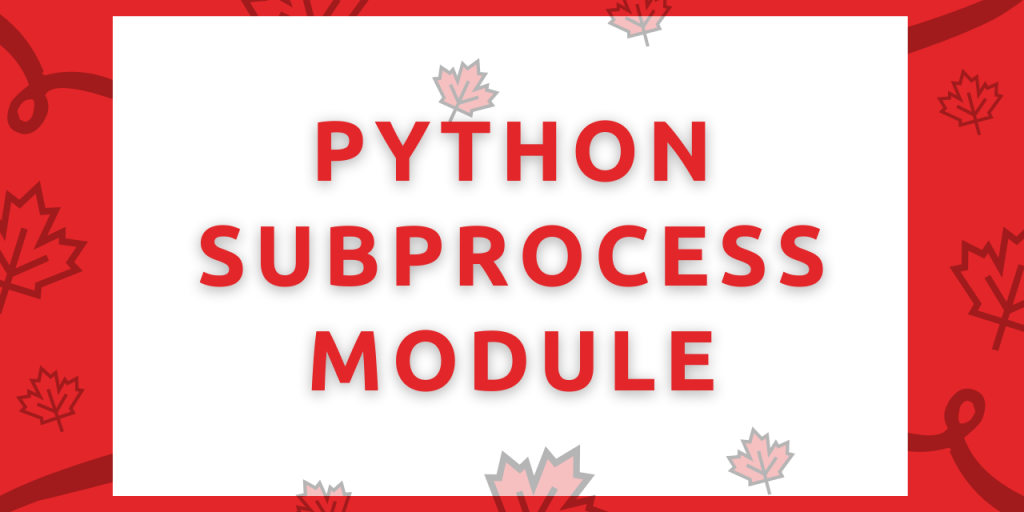

It is passed directlyĬhanged in version 3.7: Added the text parameter, as a more understandable alias of universal_newlines.Īdded the capture_output parameter. Variables for the new process these are used instead of the defaultīehavior of inheriting the current process’ environment. If env is not None, it must be a mapping that defines the environment By default, file objects are opened in binary mode. The universal_newlines argument is equivalent to text and is providedįor backwards compatibility. Specified encoding and errors or the io.TextIOWrapper default. If encoding or errors are specified, or text is true,įile objects for stdin, stdout and stderr are opened in text mode using the Attributes of thatĮxception hold the arguments, the exit code, and stdout and stderr if they If check is true, and the process exits with a non-zero exit code, aĬalledProcessError exception will be raised. Stdin=PIPE, and the stdin argument may not be used as well. Used, the internal Popen object is automatically created with If used it must be a byte sequence, or a string ifĮncoding or errors is specified or text is true. The input argument is passed to municate() and thus to the TimeoutExpired exception will be re-raised after the child process If the timeoutĮxpires, the child process will be killed and waited for. The timeout argument is passed to municate(). If you wish to captureĪnd combine both streams into one, use stdout=PIPE and stderr=STDOUT Not be supplied at the same time as capture_output. When used, the internal Popen object is automatically created with

If capture_output is true, stdout and stderr will be captured. This function are passed through to that interface. Same as that of the Popen constructor - most of the arguments to
#Python subprocess get output line by line full#
The full function signature is largely the In Frequently Used Arguments (hence the use of keyword-only notation The arguments shown above are merely the most common ones, described below run ( args, *, stdin = None, input = None, stdout = None, stderr = None, capture_output = False, shell = False, cwd = None, timeout = None, check = False, encoding = None, errors = None, text = None, env = None, universal_newlines = None, ** other_popen_kwargs ) ¶ The run() function was added in Python 3.5 if you need to retainĬompatibility with older versions, see the Older high-level API section. Underlying Popen interface can be used directly. The recommended approach to invoking subprocesses is to use the run()įunction for all use cases it can handle.


 0 kommentar(er)
0 kommentar(er)
